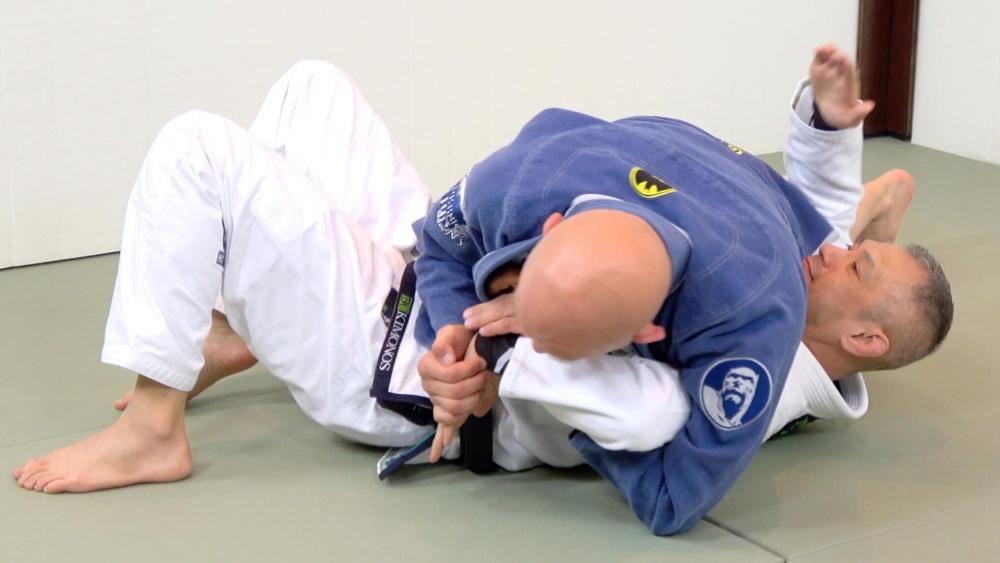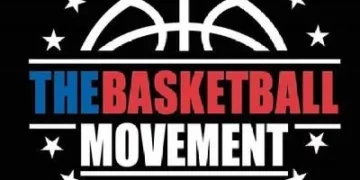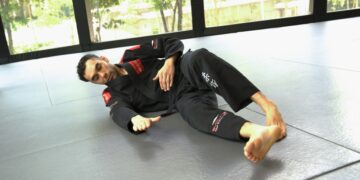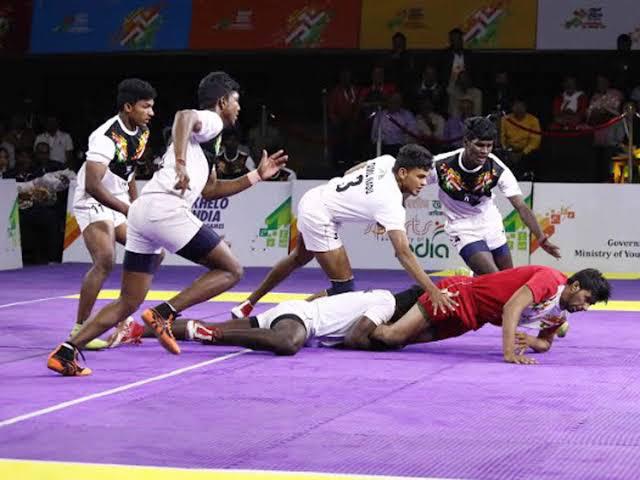
Wristlocks are among the oldest joint-manipulation techniques in grappling-based martial arts such as BJJ and many more. Their roots can be traced to classical Japanese jujutsu systems, where they were often taught to samurai as a way to control or disarm opponents without killing them. Over time, these techniques were codified into Aikido, a martial art built around the philosophy of redirecting force and using an attacker’s aggression against them.
In Aikido, wristlocks are not just submissions. They’re entry points into throws, ways to pin an opponent, and tools to maintain control without causing permanent damage. Techniques like nikyo, sankyo, and kotegaeshi showcase the versatility of wrist manipulation, ranging from pain compliance to dynamic takedowns.
The Wristlock’s Journey Into BJJ
While Brazilian Jiu-Jitsu is most famous for armlocks, chokes, and positional dominance, wristlocks eventually found their way onto the mats. Early BJJ pioneers who cross-trained in judo and Japanese jujutsu brought variations of wrist manipulations with them, but the technique remained in the background for decades.
As the sport evolved, particularly in Gi competitions where grips play such a crucial role, wristlocks started resurfacing. They became a quick, sneaky submission option against opponents who overcommitted to grips or stiff arms. Today, you’ll see wristlocks in IBJJF competition, catch wrestling crossovers, and even No-Gi settings when applied with precision.
Why Wristlocks Get A Bad Rap
Despite their long history, wristlocks are sometimes frowned upon in BJJ circles. Here’s why:
- “Cheap Submission” Stigma: Some practitioners view wristlocks as shortcuts, techniques that don’t require the same setup or positional control as an armbar or choke.
- Surprise Factor: Because wristlocks can be applied quickly, they sometimes feel like “gotcha” moves, especially in training.
- Injury Risk: The wrist is a small joint with limited mobility. If applied carelessly or if a training partner doesn’t tap quickly, wristlocks can cause nagging injuries that take a long time to heal.
But this stigma doesn’t hold up under scrutiny. A submission is a submission; if it forces your opponent to tap, it works. And wristlocks, when trained responsibly, can be an elegant and highly effective addition to a grappler’s arsenal.
Why Wristlocks Deserve Respect In BJJ
Wristlocks are not “dirty tricks.” They are legitimate techniques that demand precision and timing. Here’s why they’re worth adding to your game:
- Efficiency: Wristlocks can end matches quickly with minimal energy expenditure.
- Versatility: They can be applied from guard, mount, side control, and even standing grips.
- Grip Punishers: In Gi BJJ, especially, wristlocks punish stubborn grip-fighting and open doors to sweeps and passes.
- Surprise Factor (When Used Wisely): The very stigma against wristlocks often works in your favor; opponents don’t see them coming.
Styles Of Wristlocks In BJJ
- From Closed Guard: When an opponent posts a hand on your chest or collar, collapsing their wrist into a lock is both simple and effective.
- From Mount Or Side Control: Pinning the arm and isolating the wrist creates opportunities when traditional armbars aren’t available.
- From Grip Fighting: If your opponent insists on controlling your sleeves or lapel, you can trap their hand and roll the wrist into submission.
- Standing Entries: Borrowed from Aikido and judo, standing wristlocks are rare in BJJ competition but useful in self-defense contexts.
Training Wristlocks Safely
The key to making wristlocks work and to keeping them respected in the gym is safety:
- Apply pressure slowly and with control.
- Communicate with your training partner.
- As a partner, tap early. The wrist doesn’t give much warning before damage occurs.
- Treat wristlocks as legitimate techniques, not “surprise” pranks.
Final Word
Wristlocks are among the most misunderstood submissions in Brazilian Jiu-Jitsu. While they might not have the same glamour as a flying armbar or a rear-naked choke, they carry centuries of martial tradition and remain highly practical when used with precision.
They remind us that martial arts are about more than brute strength. They’re about leverage, timing, and creativity. Whether you come from Aikido, judo, or BJJ, the wristlock deserves its place in the conversation as a powerful and underappreciated tool.
FAQ: Wristlocks In Martial Arts
Q: Are Wristlocks Legal In BJJ Competition?
A: Yes, but typically only at higher belt levels (blue belt and above), depending on the organization. Always check tournament rules.
Q: Why Do Some BJJ Practitioners Dislike Wristlocks?
A: They’re often seen as “cheap” or “sneaky” submissions, but this perception overlooks their technical depth and historical roots.
Q: Are Wristlocks Dangerous?
A: Like any submission, they can cause injury if applied recklessly or if a partner refuses to tap. When trained with control, they’re no riskier than armbars or leglocks.
Q: Do Wristlocks Actually Work In High-Level Competition?
A: Yes. While less common than armbars or chokes, wristlocks have been successfully used in major BJJ tournaments, especially as surprise submissions.
You may also like:
4 Practical Tips For Older Brazilian Jiu-Jitsu Practitioners To Improve Training Longevity
Walk into any BJJ academy and you’ll probably see a mix of fresh-faced twenty-somethings drilling berimbolos, competitive purple belts sweating through shark tank rounds, and somewhere in the corner, a guy in his 50s with…
There’s a very particular sound in a BJJ gym when someone gets promoted. It’s a mix of clapping hands, whoops from teammates, and that unmistakable smack of a belt being whipped across your back in…
If you’ve competed in Brazilian Jiu-Jitsu, you know the rules: matches start standing. But in most gyms around the world, it’s a different story. To save time, space, and prevent unnecessary setbacks, many rolls start…
Brazilian Jiu-Jitsu, or BJJ for short, has earned a reputation as one of the most practical martial arts for real-life self-defense. Learning the basics of BJJ gives you the tools to stay calm and in…
Step into any serious grappling conversation and you’ll soon hear the name Helena Crevar. At just 18 years old, she’s already shaking up the world of Brazilian Jiu-Jitsu and now stepping into ONE Championship’s grappling…
If you have ever walked past a martial arts gym anywhere, you may have noticed groups of people in uniforms grappling on padded mats. What you are seeing is likely Brazilian Jiu-Jitsu, also known as…
Athlete recovery has become an industry of its own. Scroll through social media and you’ll see pros dipping into cryo chambers, lounging in compression boots, or swearing by the latest massage gadget. For everyday athletes…
Kickboxing is one of the most dynamic and widely practiced combat sports in the world today. Known for its combination of powerful punches, sharp kicks, and fast footwork, it stands as a martial art that…
Muay Thai is often called the art of eight limbs because of its use of punches, kicks, elbows, and knees. But one of the most defining features of the sport is the clinch. For many…
The recent bullying incident at Sengkang Green Primary School in Singapore, where a Primary 3 student was persistently targeted for nearly six months and her mother later received chilling death threats, has cast a spotlight…
Fitness in Singapore has always been shaped by the demands of a busy lifestyle. For many, working late hours or managing family commitments means that mornings and afternoons are rarely free for exercise. Over the…
Boxing fans around the world are buzzing about the long-awaited mega showdown between Terence Crawford and Canelo Álvarez. In the landscape of the pugilists and combat sports, few matchups carry the kind of intrigue this…





































